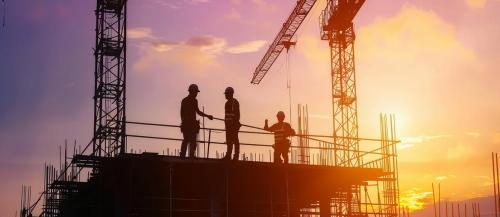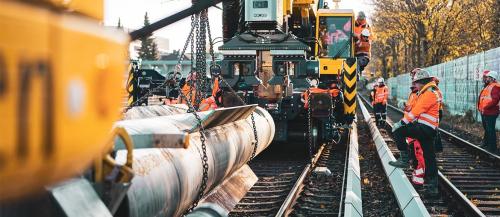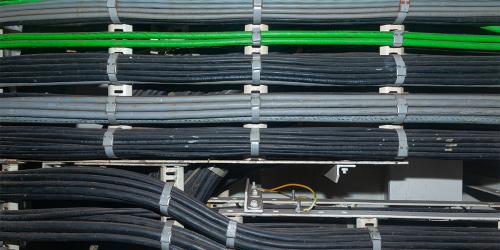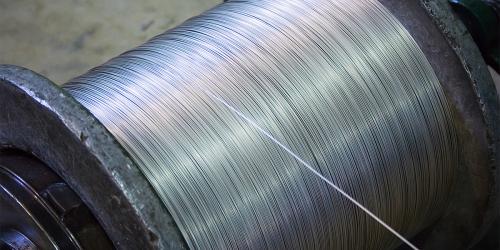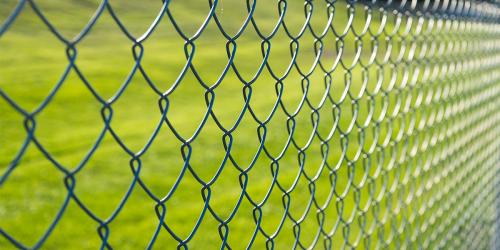For both property owners and homeowners, the structural integrity of their property is of fundamental importance. Cavity wall ties are a vital component in the structure of a building, ensuring that masonry walls remain safely anchored. Whilst these ties are manufactured out of durable materials such as stainless steel, they are not immune to degradation over time. Understanding the signs of cavity wall tie failure can help prevent severe structural damage, helping to maintain the safety of the building. As experts in the industry, we have created this blog to delve into the indicators, causes, and preventative measures you can take when struggling with or trying to avoid cavity wall failure.
What Are Cavity Wall Ties?
Cavity wall ties are slender metal components that bind the inner and outer leaves of a masonry wall together. Their primary role is to distribute weight and ensure that the wall remains sturdy against external pressures, such as wind. The interior and exterior walls typically possess distinct characteristics. The inner wall, for instance, bears the structural load. Wall ties work by transferring this stability to the outer wall, ensuring both walls maintain their position effectively. These ties are specifically crafted to anticipate and adapt to factors such as ground movement, temperature-related expansion or contraction, and water penetration. Typically made from galvanised stainless steel for superior corrosion resistance, these ties have a considerable lifespan, but environmental and manufacturing factors can accelerate their wear.
Causes of Cavity Wall Tie Failure
Several factors can undermine the performance of wall ties:
Corrosion
One of the primary causes of cavity wall tie failure is corrosion, as excessive moisture can lead to rusting of the metal, compromising its strength. High-quality wall ties should be able to withstand water exposure, however, if the steel is mild or has been coated in paint before insertion, they will be more likely to corrode. The formation of rust can cause the tie to expand and even disintegrate, leading to cracks in your brickwork and potentially collapsed walls.
Incorrect Installation
Wall ties that are placed at incorrect intervals or depths can reduce their effectiveness. For example, an inadequate number of ties can lead to weakened lateral strength of the wall and wall ties that are too short prevent adequate embedment in each leaf, reducing stability.
Subpar Materials
Using ties made from substandard materials or with insufficient galvanisation can lead to premature failure, this is more common in older buildings.
Signs Your Wall Ties Might Be Failing
- Horizontal cracking: one of the most evident signs. When wall ties deteriorate, the outer leaf of masonry can bulge, leading to horizontal cracks, usually located at regular intervals.
- Lintel drooping: if a lintel (horizontal support) begins to sag, it might be because your wall ties have failed, causing it to bear more weight than intended.
- Mortar bed separation: another indicator can be the separating of the mortar bed from the brick or stone. This is a common sign of wall tie corrosion.
- Internal plaster cracks: although rarer, wall ties in advanced stages of corrosion might lead to internal plaster cracks as the leaves become severely disjointed.
- Visible tie corrosion: in extreme cases, you might notice the corroded end of the tie protruding from the mortar joint.
Preventing Failure and Dealing with It
Preventing cavity wall tie failure is essential for maintaining a building’s integrity. Regular professional inspections every few years are crucial for early detection and prevention of severe structural damage. When installing ties, it's important to ensure they're placed at the correct depths and intervals, and hiring experienced professionals for this task can be invaluable. Moreover, it's wise to select ties made from durable, galvanised steel, as they prove to be cost-effective solutions in the long run by minimising the need for premature replacements.
If you suspect your home or property may be facing wall tie failure, swift action is imperative. Begin with a thorough assessment by a professional to gauge the extent of the damage. In many situations, failed ties can be replaced without the need to dismantle the entire wall, using specialist tools that ensure minimal disruption. After the replacement, it's essential to schedule regular checks to monitor the new ties and ensure no subsequent issues arise.
BS Fixings: Your One-stop Solution for Cavity Screw Ties
Here at BS Fixings, we have an exemplary range of cavity screw ties. Our products are designed with utmost precision and manufactured from the finest materials, guaranteeing longevity and top-tier performance. Not only do they meet the highest industry standards, but they also provide peace of mind to homeowners and building contractors.
Please feel free to browse our wall tie range on our website today or if you require help or more information, contact us on 03330 117818 or email [email protected].


